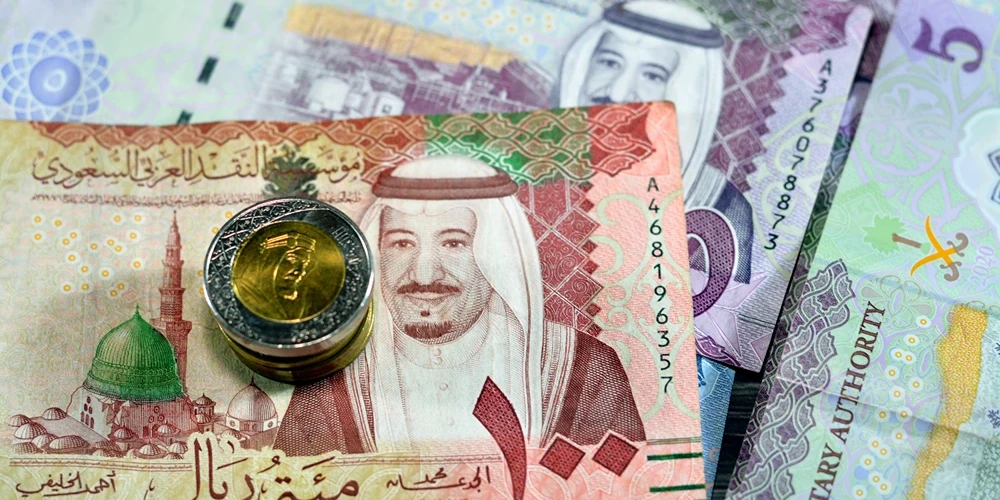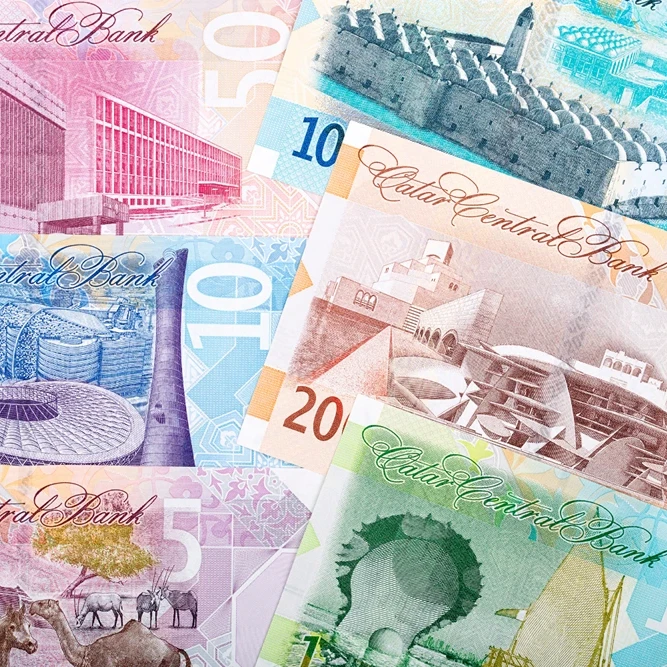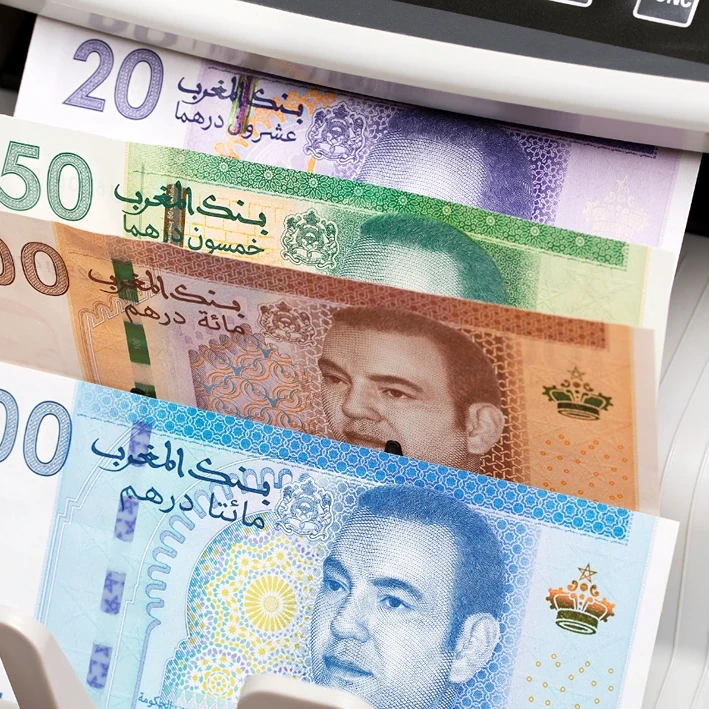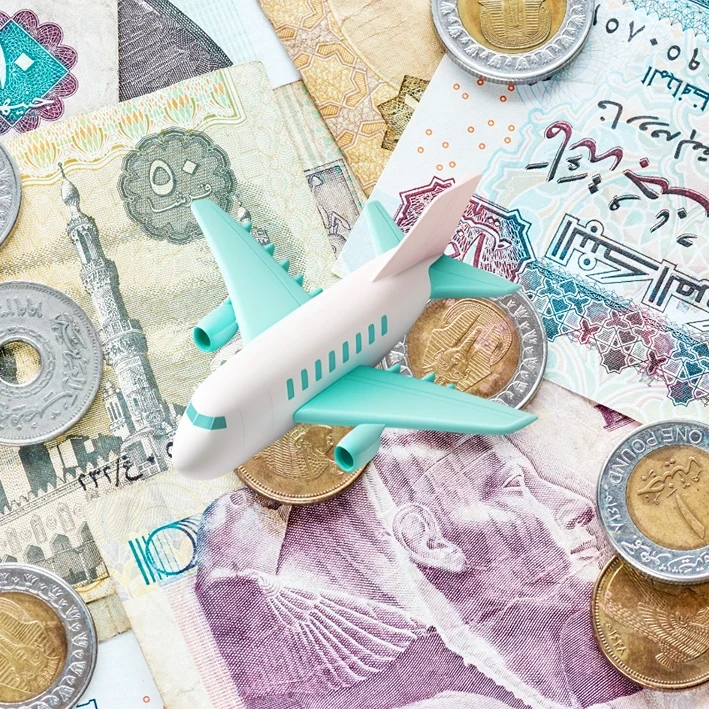Is Saudi Arabia an affordable destination, or does it strain your wallet? Despite its reputation for wealth, understanding the financial landscape in Saudi Arabia reveals a mix of both surprising and predictable expenses. This guide offers an in-depth overview of Saudi Arabia’s economy, cost of living, and financial growth projections, giving you the clarity needed to budget effectively. Whether you’re an expatriate planning a move or a traveler exploring this rich nation, grasping the monetary nuances will help you manage your finances smartly. Dive into the details and discover how affordable living in Saudi Arabia really is.
Table of Contents
Overview of Money and Costs in Saudi Arabia
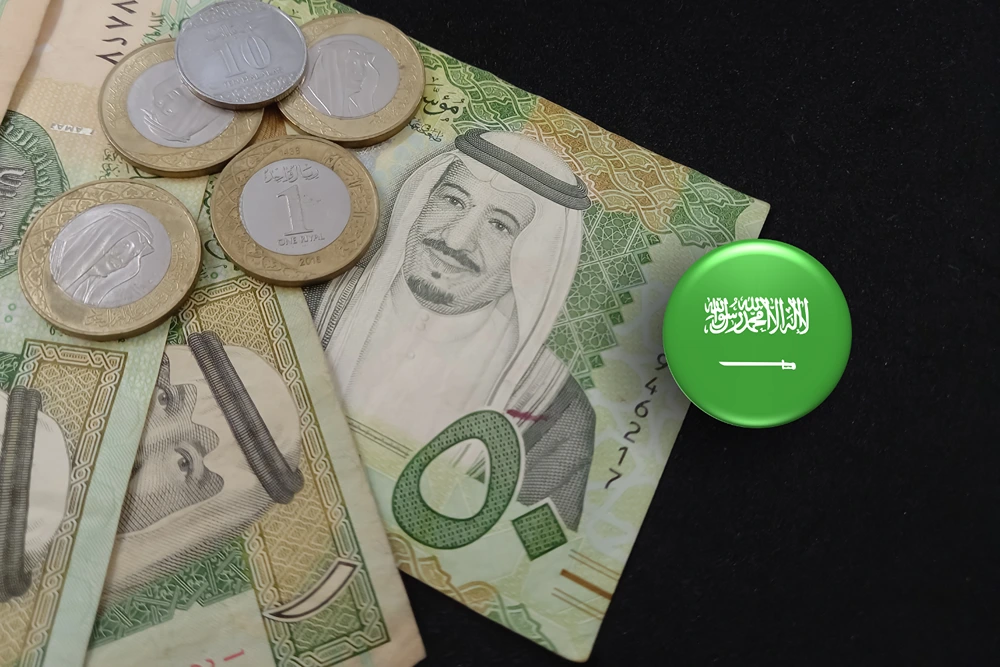
Saudi Arabia’s economy is robust, with a GDP projected at US$1.1 trillion in 2024. The per capita income stands at US$33,040, reflecting a significant level of affluence. The country’s wealth is buoyed by its vast oil reserves, which contribute heavily to the national income. In addition to oil, the government is diversifying its economy through Vision 2030, aiming to reduce dependence on oil revenues and foster growth in other sectors like tourism and entertainment.
- Housing: Generally lower than in many Western countries
- Food: Dining out and groceries are more affordable
- Transportation: Lower costs for public transport and fuel
- Healthcare: Private healthcare is less expensive
- Utilities: Lower utility bills due to government subsidies
- Education: Public schooling is free for Saudi nationals and foreign Muslims
The IMF forecasts a growth rate of 1.7% in 2024, with an anticipated increase to 4.7% in 2025. These projections indicate a positive economic trajectory, driven by both public and private sector investments. The ongoing economic reforms are expected to create a more dynamic and sustainable financial environment.
Overall, the financial landscape in Saudi Arabia is attractive for expatriates and businesses alike. The cost of living is generally lower than in Western countries, making it a favorable destination for those looking to save money while enjoying a high standard of living.
Housing Costs in Saudi Arabia
Housing costs in Saudi Arabia vary significantly based on location, housing type, and whether you reside in an expatriate compound or local housing. Rent in city centers, such as Riyadh, Jeddah, and Dhahran, can range from INR 60,000 to INR 4 lakhs per month. On the other hand, renting on the outskirts or in less central areas can be up to 50% cheaper, offering a more affordable alternative for those willing to commute.
| Type of Housing | Location | Cost Range |
|---|---|---|
| Apartment (1 bedroom) | City Center | INR 60,000 – 1 lakh |
| Apartment (1 bedroom) | Outskirts | INR 30,000 – 50,000 |
| Villa (3 bedrooms) | City Center | INR 2 lakhs – 4 lakhs |
| Villa (3 bedrooms) | Outskirts | INR 1 lakh – 2 lakhs |
When it comes to buying property, costs can also vary widely depending on the region and property type. For example, purchasing an apartment in a city center can cost between INR 1 crore to 12 crores. Villas and larger properties are generally more expensive, with prices varying greatly based on location, size, and amenities. For most expatriates, buying property might not be as attractive due to the high upfront costs and legal complexities involved.
Renting versus buying property in Saudi Arabia depends on several factors. Renting offers flexibility, lower upfront costs, and fewer long-term commitments, making it a popular choice among expatriates. On the other hand, buying property can be a sound investment for those planning to stay in the country long-term, provided they navigate the legal requirements and financial obligations effectively.
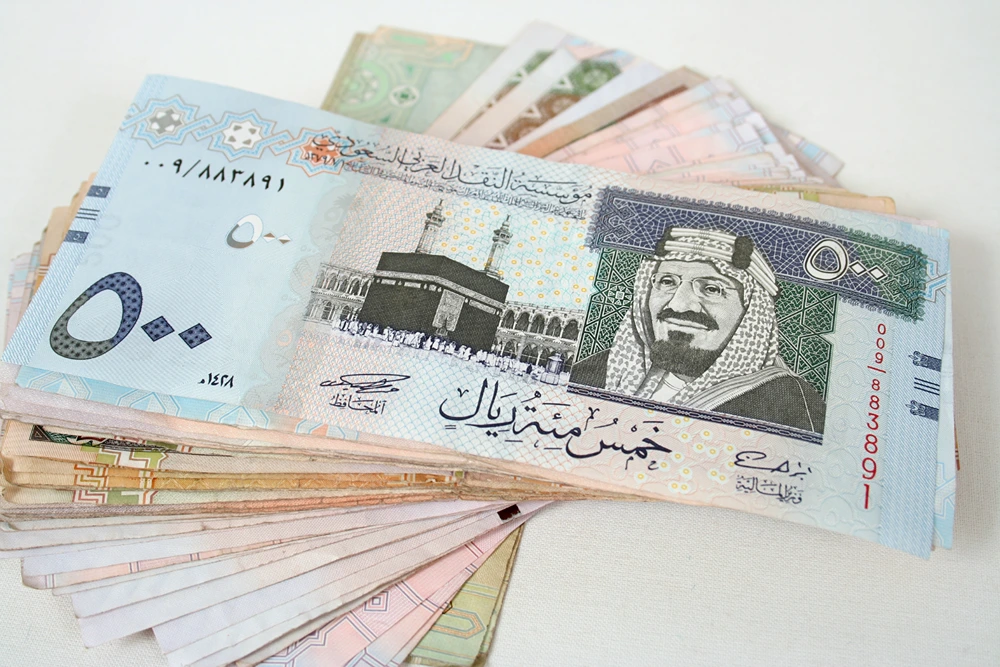
Food and Dining Costs in Saudi Arabia
Dining out in Saudi Arabia offers a range of options, from budget-friendly eateries to upscale restaurants. For those seeking inexpensive dining, meals can cost between INR 330 and INR 1,100. Mid-range restaurants offer a three-course meal for two, typically costing between INR 2,200 and INR 6,600. High-end dining establishments may charge significantly more, reflecting the luxurious experience and premium ingredients used. Whether you prefer fast food, casual dining, or gourmet cuisine, the diverse culinary scene caters to various tastes and budgets.
- Milk (1 liter): INR 68
- Bread (500g loaf): INR 55
- Eggs (12): INR 165
- Chicken Breasts (1kg): INR 485
- Apples (1kg): INR 220
The cost of groceries in Saudi Arabia can be notably higher than in other countries, with prices approximately 75.7% more than in India. Local products tend to be more affordable, while imported goods incur higher costs due to taxes and transportation expenses. This price disparity makes it crucial for expatriates and locals alike to consider their grocery shopping habits, balancing between local and imported products to manage their budgets effectively.
Transportation Costs in Saudi Arabia
Public transportation in Saudi Arabia offers an affordable and convenient option for daily commutes. A monthly public transportation pass costs around INR 2,200, which is relatively economical compared to many Western countries. The availability and efficiency of public transport vary across different cities. Major urban areas like Riyadh and Jeddah have extensive bus networks and emerging metro systems, while smaller cities may have limited public transport options. For those relying on public transportation, using a monthly pass can significantly reduce overall commuting expenses.
| Type of Transportation | Cost |
|---|---|
| Monthly Public Transport Pass | INR 2,200 |
| Renting a Toyota Yaris | 2,500 SAR/month |
| Renting a Larger Car | 5,000 SAR/month |
Car rental and ownership present additional transportation options in Saudi Arabia. Renting a Toyota Yaris costs approximately 2,500 SAR per month, making it a cost-effective choice for short-term stays or temporary needs. Larger cars, such as SUVs, can cost up to 5,000 SAR per month, reflecting the higher demand for spacious and robust vehicles in the region. Car ownership is associated with higher monthly expenses, ranging from SAR 49,500 to 66,000, including costs for maintenance, insurance, and fuel. Despite the higher costs, owning a car provides greater flexibility and convenience, especially in areas with limited public transport.
Additional transportation expenses in Saudi Arabia include taxis and fuel costs. Taxis are widely available and offer a reliable means of transport, particularly for those who do not own a car. Fuel prices in Saudi Arabia are relatively low due to government subsidies, making driving a more affordable option compared to many other countries. These additional costs should be considered when planning transportation budgets, especially for expatriates and long-term residents.
Healthcare Costs in Saudi Arabia
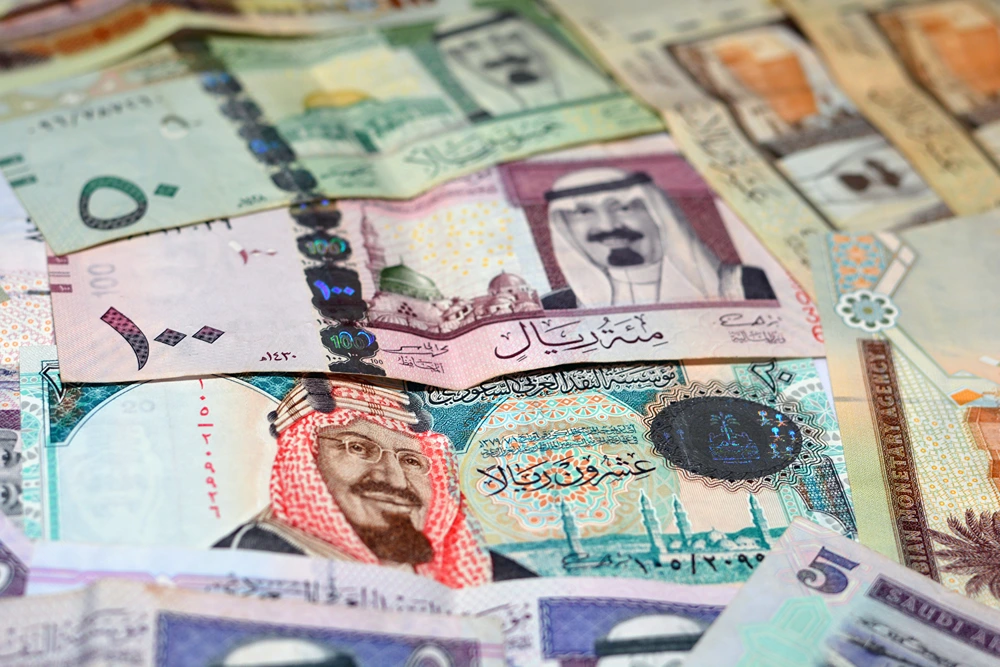
Healthcare costs for expatriates in Saudi Arabia can vary significantly, especially when considering private healthcare options. Expatriates can expect to spend between INR 5,500 and INR 14,000 per month on private healthcare services. This range accounts for routine check-ups, specialist consultations, and minor medical procedures. The private healthcare system is well-developed, with numerous hospitals and clinics offering high-quality medical services. However, it’s important to note that out-of-pocket expenses can add up quickly, particularly for more specialized treatments or emergency care.
- Ultrasound: 3,500-4,000 SAR
- General Consultation: 300-600 SAR
- Specialist Consultation: 500-1,000 SAR
- MRI Scan: 2,500-3,500 SAR
Mandatory health insurance is another essential aspect of healthcare expenses in Saudi Arabia. The cost of mandatory health insurance for expatriates ranges from INR 8,800 to INR 22,000 per year. This insurance is required by law and typically covers a wide range of medical services, including hospitalization, emergency care, and some outpatient treatments. Having mandatory health insurance can significantly reduce the financial burden of medical expenses, ensuring more predictable and manageable healthcare costs for expatriates living in Saudi Arabia.
Education and Childcare Costs in Saudi Arabia
Annual tuition fees for higher education in Saudi Arabia can vary significantly, particularly for master’s programs. Tuition fees range from INR 4.84 lakhs to INR 44 lakhs per year, depending on the institution and the field of study. Private universities and specialized programs generally command higher fees, whereas public institutions may offer more affordable options. For expatriate students, additional costs such as accommodation, books, and other materials need to be considered, adding to the overall financial burden of higher education.
| Type of Education | Cost Range |
|---|---|
| Master’s Program | INR 4.84 lakhs – 44 lakhs |
| Public Schooling | Free (Saudi nationals and foreign Muslims) |
| Private Schooling | Varies significantly |
Public schooling in Saudi Arabia is free for Saudi nationals and foreign Muslims, making it an attractive option for eligible families. However, there are additional costs associated with books, uniforms, and other learning materials. These expenses can add up, although they are generally lower than the tuition fees for private schooling. Public schools in Saudi Arabia follow the national curriculum, which emphasizes Arabic language and Islamic studies, alongside other subjects like mathematics and science.
Childcare expenses in Saudi Arabia can also be a significant cost for families. Monthly fees for daycare centers and nurseries vary depending on the location and quality of the facility. High-end childcare centers in urban areas typically charge more, reflecting the level of care and educational activities provided. Additionally, expatriate families may find that international schools, which offer curricula from their home countries, charge higher fees. Balancing these costs with personal education spending, which averages around SAR 86 per month, requires careful financial planning.
Utility and Internet Costs in Saudi Arabia
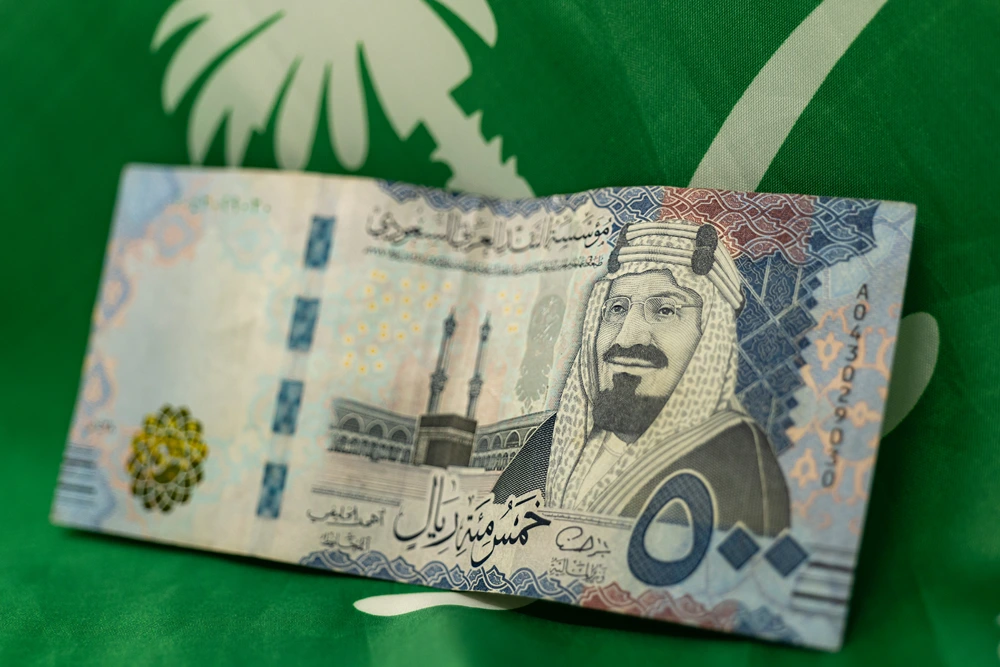
Monthly utility costs in Saudi Arabia average around INR 8,600. These costs include essential services such as electricity, water, and cooling. During the summer months, utility bills can surge to INR 12,000 due to the increased use of air conditioning, which is crucial for coping with the extreme heat. Government subsidies help keep these costs relatively lower compared to many Western countries. It is important for residents to budget for these seasonal variations to manage their expenses effectively.
- OSN Global TV Package: Starts at SAR 159 per month
- STC Mobile WiFi Plan: Starts at SAR 34.50 per month
- Home Fiber Internet: Around INR 6,200 per month
- Basic Mobile Plan: Approximately INR 1,000 per month
Overall, utility and internet expenses in Saudi Arabia are manageable, especially with the availability of various packages and plans to suit different needs and budgets. Whether you are looking for basic services or more comprehensive options, there are several choices available to help you stay connected and comfortable throughout the year.
Entertainment and Leisure Costs in Saudi Arabia
Entertainment and leisure activities in Saudi Arabia offer a range of options to suit various budgets. For instance, movie tickets are priced between INR 1,100 and INR 1,540, making a trip to the cinema an affordable outing for most residents. Gym memberships are another popular leisure activity, with monthly fees ranging from INR 4,400 to INR 8,800. These memberships often include access to state-of-the-art facilities and classes, providing good value for fitness enthusiasts. Overall, these common leisure activities are reasonably priced, making it easy to maintain an active and engaging lifestyle.
Cultural and recreational activities are also popular in Saudi Arabia, with costs varying depending on the type of activity. On average, leisure activities related to culture and recreation cost around SAR 106 per person. This can include visits to museums, art galleries, and cultural festivals, which offer enriching experiences at a modest price. Additionally, hospitality and restaurant expenses for leisure activities average SAR 172 per person. This covers dining out at various restaurants, cafes, and lounges, providing ample opportunities for socializing and relaxation.
In summary, the overall entertainment costs in Saudi Arabia are manageable and diverse, catering to different interests and financial capacities. Whether you’re looking to enjoy a movie, maintain a gym routine, or explore cultural activities, the range of options ensures that there is something for everyone without straining the budget.
Financial Tips and Budgeting Advice for Saudi Arabia
Managing finances effectively is crucial for expatriates and families living in Saudi Arabia, where monthly living expenses can range from INR 60,000 to INR 2 lakhs, with housing being the largest expense. For Indian expatriates, costs typically range from INR 60,000 to INR 1.5 lakhs per month. To maintain a balanced budget, it is essential to plan for major expenses like rent, utilities, and groceries while also setting aside funds for unexpected costs. Utilizing local markets and services can further help in reducing daily expenses, ensuring a more sustainable financial plan.
- Track Your Expenses: Monitor your spending to identify areas for potential savings.
- Use Local Markets: Purchase groceries and everyday items from local markets to save on imported goods.
- Limit Dining Out: Reduce the frequency of dining out; cook meals at home to cut costs.
- Public Transport: Use public transportation to save on fuel and car maintenance costs.
- Utility Management: Be mindful of utility usage, especially during peak seasons, to lower bills.
Common financial pitfalls to avoid include underestimating the high costs of imported goods and over-relying on credit for everyday expenses. Imported products can be significantly more expensive due to taxes and transportation costs. To manage this, prioritize purchasing local alternatives whenever possible. Additionally, relying too much on credit can lead to accumulating debt, which can be challenging to pay off, especially with variable interest rates. Planning for these contingencies can help maintain a stable financial situation.
For those seeking more tailored advice and support, Xpat Journeys offers comprehensive insights and travel plans that can assist in navigating the financial landscape of Saudi Arabia. Their services can provide valuable guidance on managing expenses, making informed financial decisions, and ensuring a smooth transition for expatriates and families.
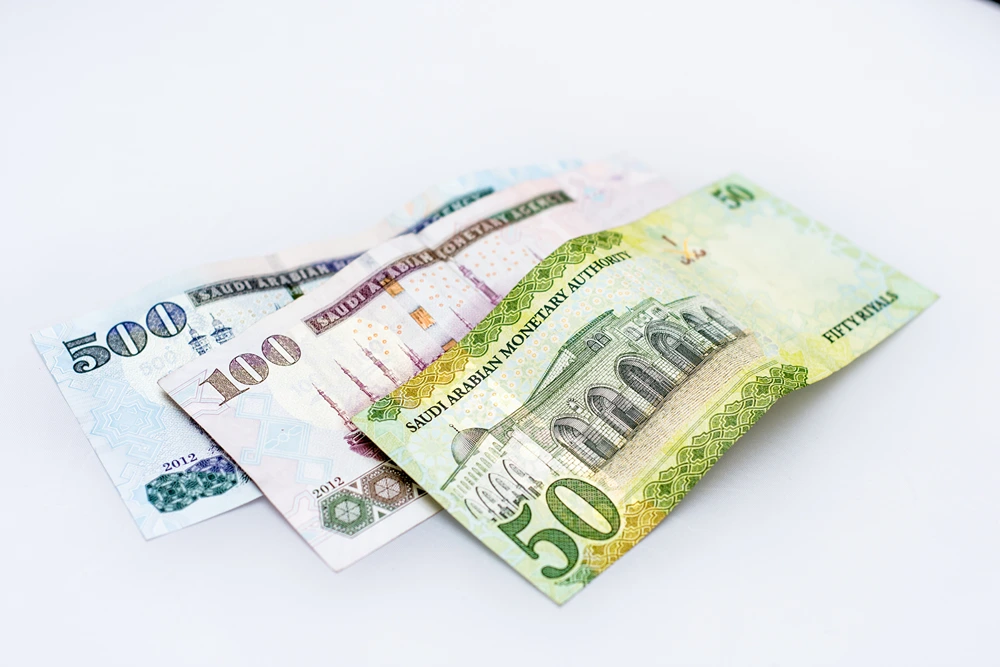
Final Words
Saudi Arabia offers a diverse economic landscape with a GDP projected at US$1.1 trillion in 2024 and promising growth rates in the coming years. Housing costs vary widely, with city centers being more expensive compared to outskirts. Dining out can be affordable, though imported groceries are pricier. Public transport and car rentals offer varied options for getting around. Healthcare and education costs also provide various choices for expatriates.
Understanding the financial ecosystem, whether in terms of housing, dining, or education, makes it easier to navigate money and costs for Saudi Arabia successfully. With the right knowledge and planning, expatriates can thrive while managing their expenses effectively.
FAQ
What is the monthly cost of living in Saudi Arabia?
The monthly cost of living in Saudi Arabia depends on the city and lifestyle. On average, a single person needs around SAR 3,000 to 5,000 monthly, including rent.
What is the cost of living in Saudi Arabia for a single person?
The cost of living for a single person in Saudi Arabia varies but generally amounts to SAR 3,000 to 5,000 per month, excluding rent.
How much does rent cost for a single person in Saudi Arabia?
The rent for a single person in Saudi Arabia ranges from SAR 1,500 to 5,000 monthly, depending on the location and type of accommodation.
What is the monthly food cost in Saudi Arabia?
Monthly food expenses in Saudi Arabia for a single person are approximately SAR 750 to 1,500, depending on eating habits and grocery choices.
Can you provide a list of food prices in Saudi Arabia?
- Rice (1kg): SAR 6-8
- Milk (1 liter): SAR 5-7
- Chicken (1kg): SAR 15-20
- Apples (1kg): SAR 8-12
- Bread (500g): SAR 3-5
What is the cost of living in Saudi Arabia for a family?
A family’s monthly living cost in Saudi Arabia ranges between SAR 8,000 and 15,000, depending on the number of members and lifestyle.
What is the monthly cost of living in Riyadh?
The monthly cost of living in Riyadh is approximately SAR 4,000 to 7,000 for a single person, including rent.
How much does a cup of tea cost in Saudi Arabia today?
A cup of tea in Saudi Arabia costs around SAR 1.50 to 3.00.
Is Saudi Arabia cheap or expensive?
Saudi Arabia’s cost of living is generally lower than many Western countries but varies based on lifestyle and city.
How much money do I need for Saudi Arabia?
For a moderate lifestyle, a single person in Saudi Arabia needs around SAR 3,000 to 5,000 per month, excluding rent.
Is Saudi Arabia expensive to visit?
Visiting Saudi Arabia can be moderately expensive, with daily expenses ranging from SAR 200 to 500, depending on accommodation and activities.
What is the cost of living in Saudi Arabia in US dollars?
The cost of living in Saudi Arabia for a single person is approximately USD 800 to 1,300 per month, excluding rent.
Hazel Wall is a passionate traveler, writer, and explorer dedicated to sharing her experiences and insights with fellow adventurers. With a background in journalism and a deep love for discovering new cultures, Hazel has journeyed across continents, immersing herself in diverse landscapes and traditions.


